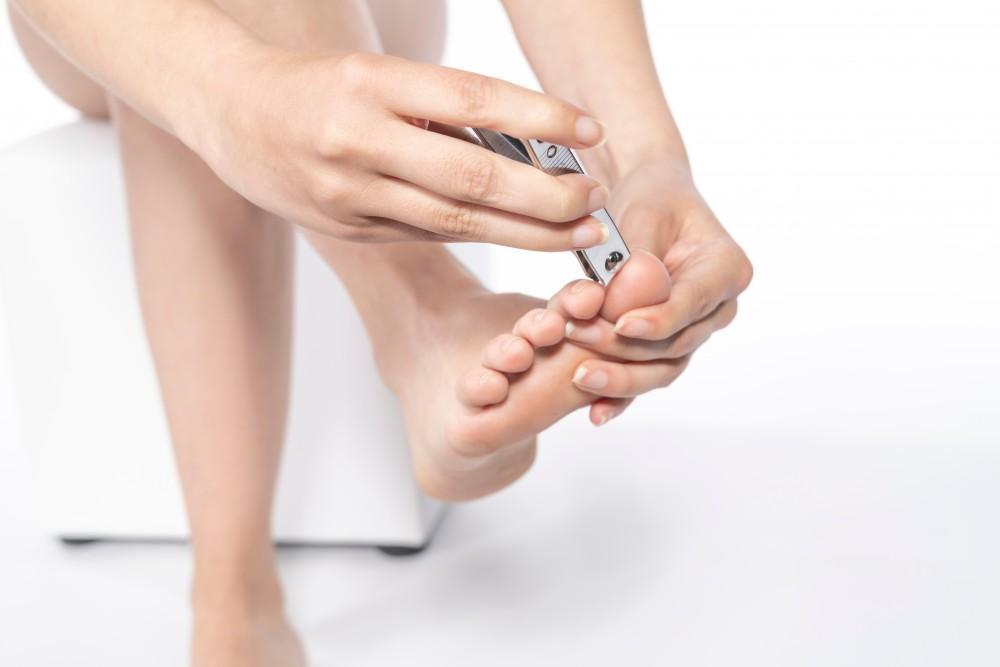
How to Keep a Sprained Ankle From Becoming Chronic Instability

Have you recently hurt your ankle? Does it seem like no matter how much rest you get your ankle is still not healing? It’s possible you could have damaged the ligaments where your Achilles tendon connects your heel and calf muscles, which makes ordinary movements tender or painful.
At Family Foot and Ankle Center of South Jersey, we can evaluate your symptoms and determine the best course of treatment so your injury doesn’t become a chronic instability.
How do you know if you have an ankle injury?
It’s pretty difficult to diagnose an ankle injury by yourself since much of the damage can only be seen beneath the skin. At Family Foot and Ankle Center of South Jersey, we can assess the damage with x-rays, as well as by evaluating any swelling, bruising, or tenderness in the sore area.
With that said, there are symptoms to look out for if you think you have an ankle injury. Here are a few:
- Restricted range of motion
- Skin discoloration
- Popping sensation
- Instability in the ankle
If your ankle pain won't go away, schedule an appointment ASAP. The last thing you want is to wait until the discomfort gets worse.
What causes chronic ankle instability?
When soft tissues between the ankle bones are repeatedly stretched, this can cause an ankle sprain that doesn’t truly heal on its own. The surrounding tissues and ligaments will weaken without treatment, possibly resulting in other injuries. While this injury is common among athletes, there other causes of ankle instability. For example, arthritis in the joints, unhealed fractures, inflamed tendons, and untreated sprained ankles.
The most common symptoms of chronic ankle instability include pain on the side of the ankle, stiffness, tenderness, swelling, and feeling like your ankle frequently “gives out” as you walk or climb stairs.
How do you treat an ankle injury?
Treatment is crucial for keeping a sprained ankle from becoming a chronic instability. Options may range from wearing a cast, using heat or ice therapy, other forms of physical therapy, or surgery, if necessary. In most cases, it’s recommended you don't put any weight on the injured ankle until it’s fully recovered. This may require the use of crutches in order to get around. You may also need to wear ace bandages during recovery time.
Learn more about preventing ankle instability
If you suspect your sore ankle is more than just sore, you can schedule an appointment at Family Foot and Ankle Center of South Jersey by calling 856-266-9572. You can also schedule an appointment online via our website. We look forward to hearing from you.
You Might Also Enjoy...


5 Ways to Keep Your Bunion Pain to a Minimum

Gout: What Is It and How Can I Get Rid of It?

Complications of an Untreated Ankle Sprain

Suspect You’ve Broken Toe? How To Tell and What to Do


